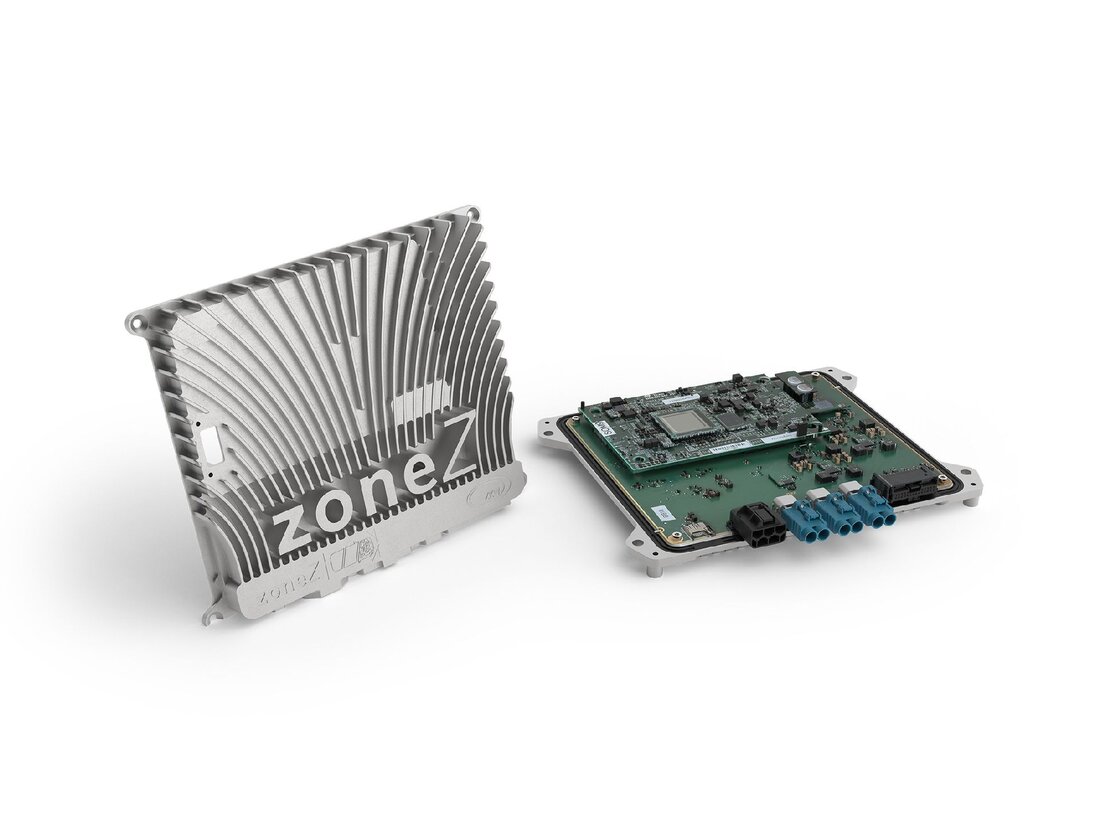AI should make traffic safe
Headlight specialist ZKW is researching AI-supported traffic safety together with the FH Wiener Neustadt and the AIT.

AI should make traffic safe
In the joint “zoneZ” project, the lighting systems specialist ZKW, the Wiener Neustadt University of Applied Sciences (FHWN) and the Austrian Institute of Technology (AIT) worked on the mobility of the future. The aim is to achieve greater safety for road users with less electronics in automobiles. The team of experts from the three companies is researching a new architecture for control devices that requires fewer cables in the vehicle and significantly simplifies the structure of software and sensors. "Our goal is to develop innovative lighting functions in the vehicle. The concept of the Software Defined Vehicle (SDV) opens up new possibilities by using information from environmental sensors such as cameras, laser scanners and radar in real time. In order to be able to offer intelligent lighting systems, it is important for us to understand SDV architectures and the division of functions. In this project, the basis for this was developed and new solution approaches were developed," explains Christian Amsel, CTO of the ZKW Group.
Algorithms protect pedestrians
Above all, the focus of future mobility solutions is on protecting so-called “vulnerable” road users, i.e. pedestrians, cyclists or scooter drivers. Florian Muttenthaler, Software as a Product specialist at ZKW, who leads the project together with Roman Führinger, worked with the FHWN team to develop the appropriate AI algorithms to detect weaker road users. In the future, artificial intelligence will step in if the person driving the vehicle overlooks another road user. “The software system is intended to reliably detect cyclists, scooter drivers and pedestrians in the vehicle environment, even in rain, darkness and fog,” explains Christian Amsel. A central element was the fusion of sensor data from camera, radar and LIDAR, which was coordinated by AIT. At the same time, ZKW developed a functional control unit prototype. The successful project can now serve as the basis for a new architecture that will be brought to series production together with vehicle manufacturers. As part of the project, around a dozen scientific papers were also supervised by students.

 Suche
Suche
 Mein Konto
Mein Konto